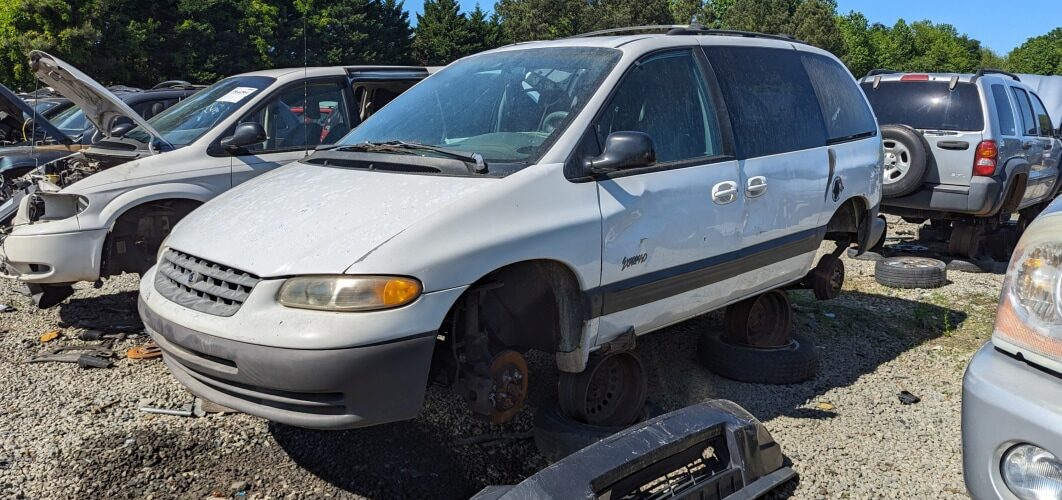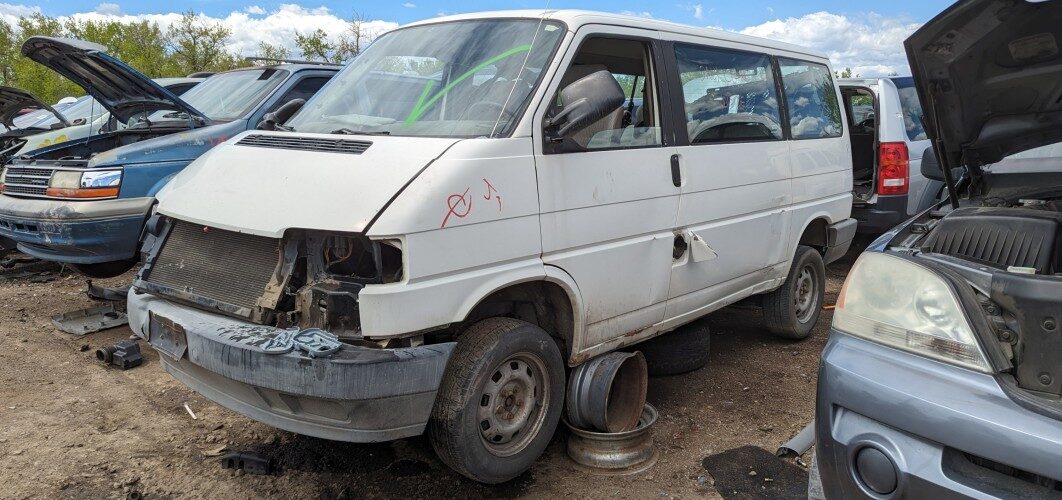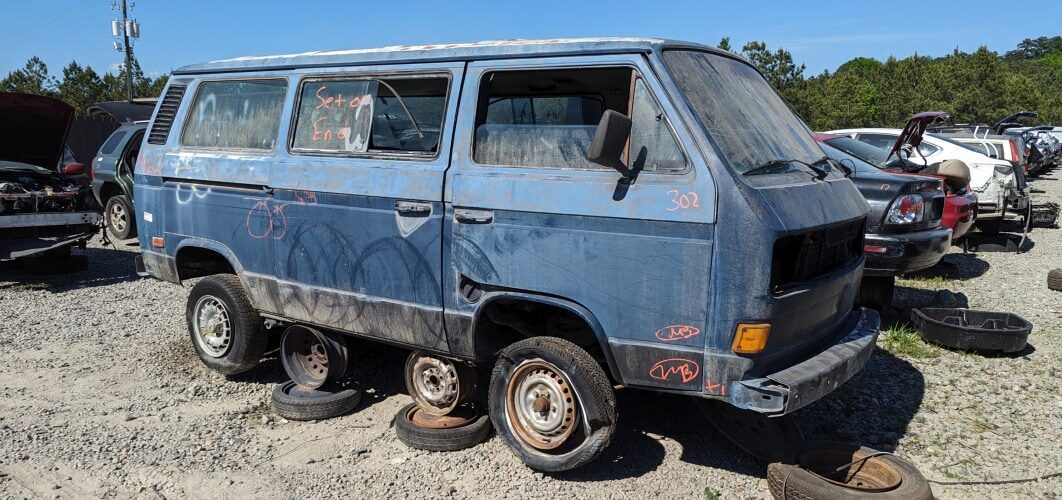For the 1994 Chicago Auto Show, Chrysler brought a Neon-based concept car that looked like something families would drive around the Mars Base in the year 2094. This was the Plymouth Expresso, and you’d never have guessed that the Plymouth Division itself would be terminated just seven years later while gazing at its whimsical shape. As often happens with concept cars, the Expresso’s design itself was a dead end (though some claim it influenced the later Chrysler PT Cruiser), but its name survived… on an option package.
As the 1990s began, Chrysler felt Plymouth remained relevant despite few American car shoppers understanding that the brand was supposed to live below Dodge in the company’s prestige hierarchy. The PT Cruiser originally was planned as a Plymouth, and the Prowler really did start out bearing the badging of the Chrysler division named after a brand of twine popular with 1920s farmers.

The first use of the Expresso name on a Plymouth came in the 1996 model year, when Plymouth Neon and Breeze buyers could get the Expresso Package for $375 (about $762 in 2024 dollars). The reviewer for Edmunds was scathing about “a new transparently-named Expresso package aimed at so-called Generation X buyers who supposedly spend all their time slacking off at the Coffee Plantation sipping java.” By 1998, every single Plymouth model except the Prowler could be Expresso-ized.

Expressos got these rad badges (see: Mercury Tracer Trio), body-colored trim and a halfway decent AM/FM/cassette radio. As a member of Generation X who had just hit age 30 at the time, I had no urge to trade in my 1965 Impala or 1985 CRX for a Plymouth Expresso, but my reaction may have been atypical (it wasn’t).

Under the pitiless rule of DaimlerChrysler, the Plymouth Division suffered indignity after indignity during the late 1990s. Even before the axe fell on Plymouth’s outstretched neck, the Voyager was snatched away and given Chrysler badging. The Prowler stayed a Plymouth through 2001, then spent a single overlooked year as a Chrysler.

As you can see, this Junkyard Gem is more about the Expresso Package and the decline of Plymouth than the Voyager itself, because sometimes junkyard automotive history works that way.

The Voyager was the cheapest of all the Chrysler minivans for 1998, which made it a very strong deal for the money despite the depressingly forced-cheerful Expresso badges. The MSRP for the base 1998 Voyager was $17,995, or about $34,915 in 2024 dollars; its Dodge Caravan sibling started at $20,535 ($39,843 after inflation).

This generation of Chrysler minivan (the third) was sold in the United States for the 1996 through 2000 model years. European minivan shoppers could buy them with Chrysler Voyager and, later on, Lancia Voyager badging.
Get up to $1,000 cash back! Hurry, before Plymouth itself disappears.
Wait, make that up to $2,145 back in “total values.”

















